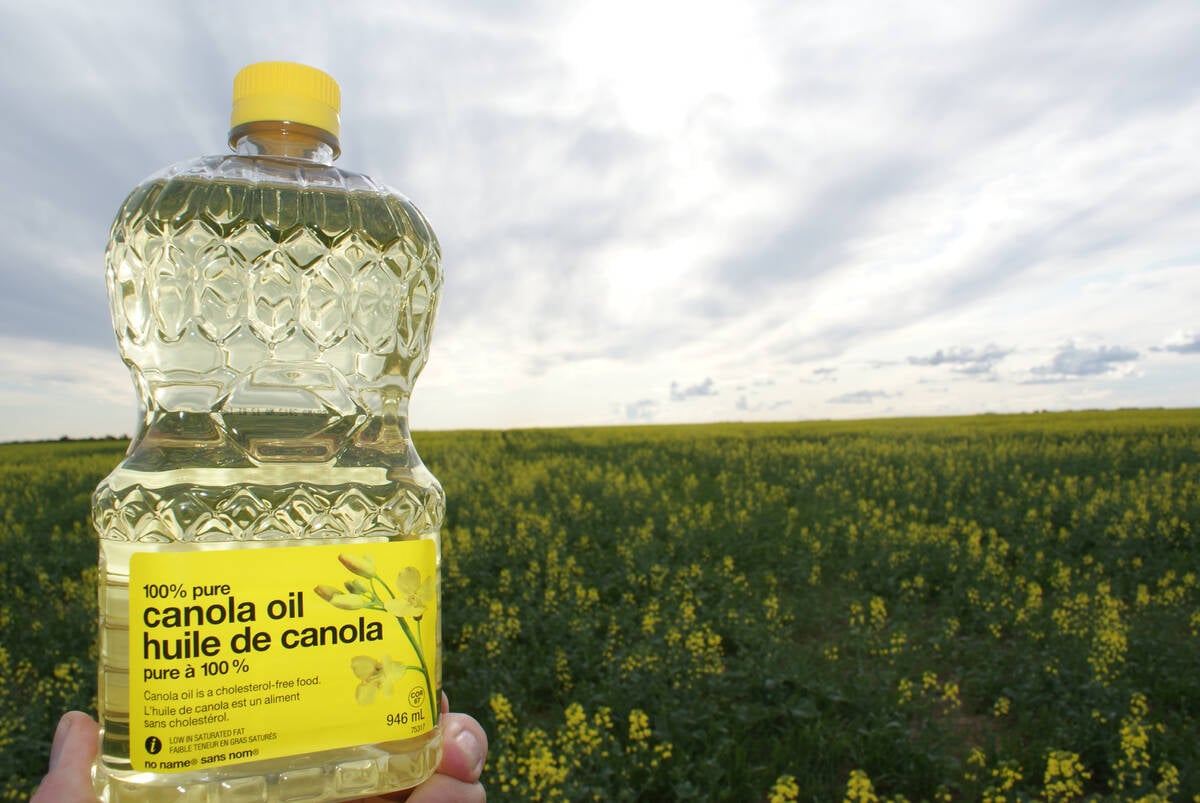Louis Dreyfus’s expansion plans will allow its processing plant in Yorkton to crush two million tonnes of canola a year
Canada’s canola crushing industry continues to attract new investments as the world gears up for a future powered by renewable fuels.
Last week, Louis Dreyfus Company announced it will expand its canola crushing facility near Yorkton, Sask.
The expansion will double capacity at LDC Yorkton to about two million tonnes annually.
LDC opened the Yorkton plant in 2009. The facility employs about 120 people.
Construction of an additional crushing line is expected to begin later this year and should be completed by 2025, the company said.
Read Also

Rising vegetable oil demand may offset bad biofuel news
Global biodiesel/renewable diesel production is expected to decline for the first time in a decade. Bad timing for a canola industry looking for new markets.
“This investment supports the group’s strategic growth plans by reinforcing core merchandizing activities, in this case with additional capacity to originate and process Canadian canola seeds to provide nourishment for people and livestock,” said Michael Gelchie, LDC’s chief executive officer.
“It also positions LDC as a strategic feedstock provider to renewable energy producers and accelerates our contribution to a global energy transition that we are excited to be a part of.”
Louis Dreyfus is the latest in a list of companies that see a promising economic future in oilseed crushing.
Chris Vervaet, executive director of the Canadian Oilseed Processors Association, said expansions and new investments that have been announced since 2021 will add about seven million tonnes of processing capacity to the Canadian industry.
If all proposed projects are complete, total crushing capacity will be about 18 million tonnes annually, enough to handle nearly 75 percent of the canola produced each year.
“The announcement from Louis Dreyfus… is good news for our sector and just really great news for the entire canola value chain, collectively,” Vervaet said.
“With more options for farmers to deliver, that’s going to support the value of the crop that they’re growing.”
In an April 13 interview, Vervaet said continued investment in the Canadian crushing industry will mean that a larger proportion of the canola grown on the Prairies will be processed there.
There is still room for canola production to increase in Canada, he added.
“We certainly do see opportunities for canola output to increase….
“We haven’t seen a lot of growth in terms of canola output (over the past few years)… but that doesn’t mean that we wouldn’t and shouldn’t see continued growth in output in 2025 or even beyond,” he added.
Over the past couple years, prairie canola producers have dealt with challenging growing conditions. But over a longer time period of 20 years or so, average yield gains have been about two to three percent annually, he said.
“To suggest that we’ll see productivity gains of 10 percent per year, for example, that might be a stretch. But when we look at what canola has been able to achieve over the last couple of decades in terms of productivity growth, it’s been pretty impressive and pretty steady.”
Demand for vegetable oils and value-added plant-based protein meal products continues to grow.
In addition, the global transition toward biofuels has boosted demand for vegetable oils, including soybean oil produced in the United States.
“It’s fair to say that the catalyst for a lot of the growth (in North American crush capacity) has been because of renewable fuels…,” Vervaet said.
Biofuel policies reflect a public desire to decrease dependence on fossil fuels and reduce greenhouse gas emissions, he added.
In that regard, producing more sustainably grown canola to supply an expanding crushing industry is a great way for farmers to show how they are doing their part to decrease carbon dioxide emissions, he said.
However, continued expansion will have other implications, particularly for finding markets for Canadian canola meal.
Over the past few decades, most canola meal produced in Canada has been shipped to the United States where it is used by American dairy and livestock producers.
In the future, canola meal is likely to face stiffer competition from U.S. soybean meal, which is also becoming more abundant.
“So, certainly selling more volumes of meal into the United States might be difficult…,” Vervaet said.
COPA believes it’s possible to expand meal sales into overseas markets such as China.
There will also be more opportunities for the domestic dairy and livestock industries to increase canola meal use, Vervaet said.
















